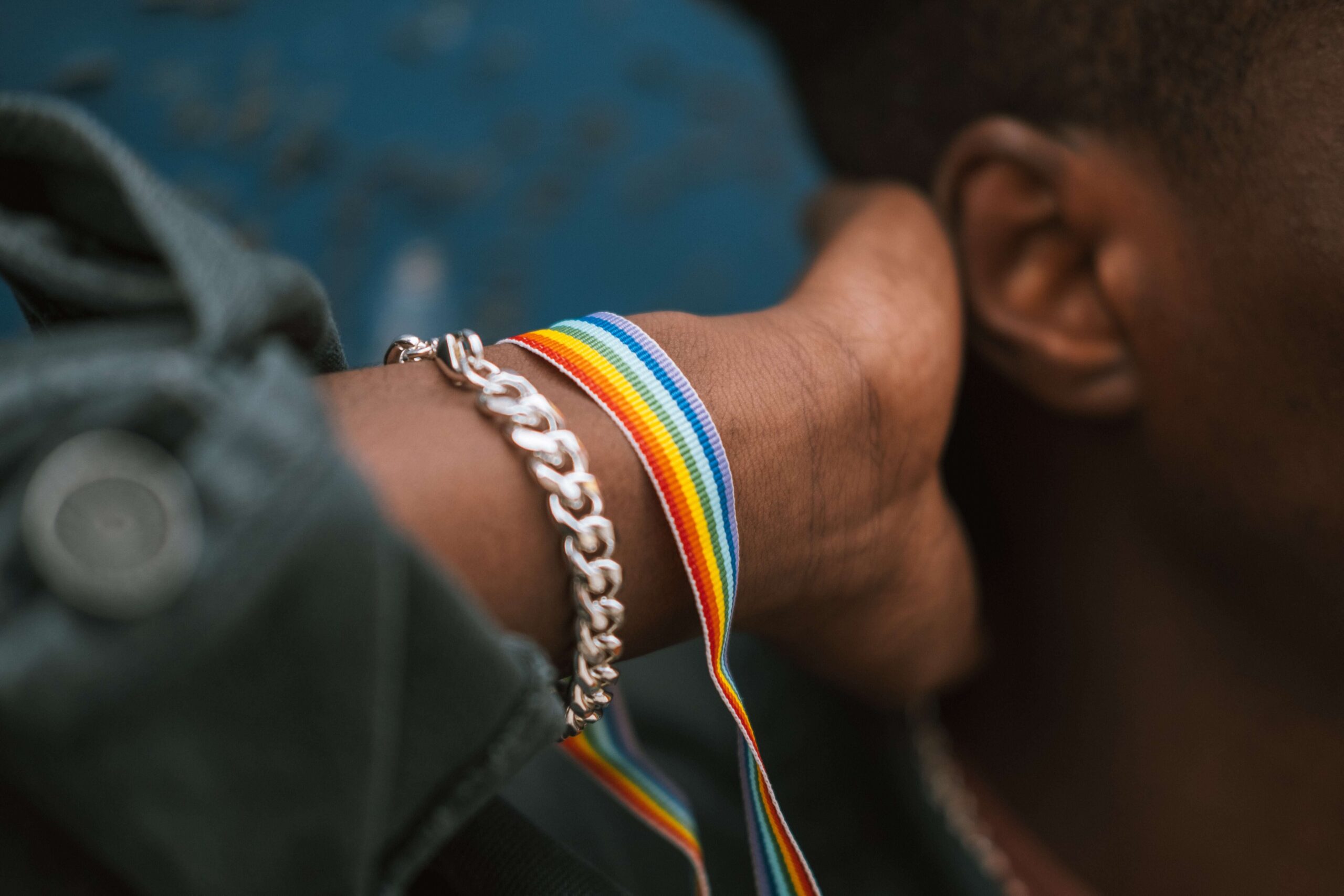
The LGBTQ+ community has been among the most marginalized and vulnerable groups in our society.1 Among the numerous challenges and adversities that its members face on a daily basis, human trafficking is one of the most devastating. The intersection of sexual orientation, gender identity, poverty and discrimination creates a perfect storm that can make members of the LGBTQ+ community particularly susceptible to trafficking.
LGBTQ+ survivors of trafficking are often ensnared by deceitful promises of love, marriage or a better life. Pimps and recruiters frequently prey on marginalized communities, particularly those facing economic challenges and discrimination. For members of the LGBTQ+ community, social isolation can contribute to their susceptibility to such exploitation.
Traffickers may pose as romantic partners or offer employment and financial support, all of which can be particularly alluring to marginalized individuals. LGBTQ+ survivors of trafficking may feel further removed from assistance and resources due to their fear of being outed or discriminated against by law enforcement, social services or shelters.
Care Supportive of LGBTQ+ Survivors
This is where organizations such as LifeWay Network come into play. LifeWay is an organization that provides safe and secure housing for survivors of human trafficking. One of the primary reasons that LifeWay’s work is so crucial is that traditional shelters are often not equipped to care for LGBTQ+ survivors of trafficking.2 These survivors may face harassment and even violence from other residents or staff members.
LifeWay Network provides a secure and safe environment for survivors of trafficking, regardless of their sexual orientation. The organization is committed to treating all survivors with respect and dignity, ensuring that each receives the tailored care and support needed to heal and rebuild her life.
LifeWay Network recognizes that the factors that lead to trafficking in the LGBTQ+ community, such as poverty, discrimination and social exclusion, are deeply rooted and complex. We are dedicated to fostering partnerships with other organizations to address the root causes of trafficking and provide comprehensive support to survivors.
Ways to Take Action
It is imperative that we take action to end human trafficking in all communities, including the LGBTQ+ community. One of the most effective ways to do this is to support organizations such as LifeWay Network in our mission to eradicate human trafficking by providing preventive education as well as safe housing.
Additionally, we can take individual actions to help end human trafficking. According to the United Nations Office of Drugs and Crime, one of the most effective ways to prevent human trafficking is to increase public awareness of the issue.3 By educating ourselves and others about the risks and signs, we can help identify and prevent trafficking before it occurs.
Furthermore, we can stand up for legislation and policies that address the root causes of trafficking, such as poverty, inequality and discrimination. It is crucial to advocate for policies that protect the rights of marginalized communities, including the LGBTQ+ community, and provide support and resources to survivors of trafficking.
We can also help further local and national organizations that are dedicated to ending human trafficking. This can include volunteering time, donating money or resources, or simply spreading awareness about the work these organizations are doing.
It is up to all of us to take action toward ending human trafficking and serving LGBTQ+ survivors of trafficking. By working together and supporting organizations such as LifeWay Network, we can make a genuine difference in the lives of survivors of trafficking and help create a world where all individuals are free from exploitation and abuse.
By LifeWay Executive Director Marion Kendall
Photo by Anete Lusina
1 https://www.un.org/en/fight-racism/vulnerable-groups/lgbtqi-plus
2 https://polarisproject.org/resources/breaking-barriers-improving-services-for-lgbtq-human-trafficking-victims/
3 https://www.unodc.org/documents/human-trafficking/Model_Guide.pdf
